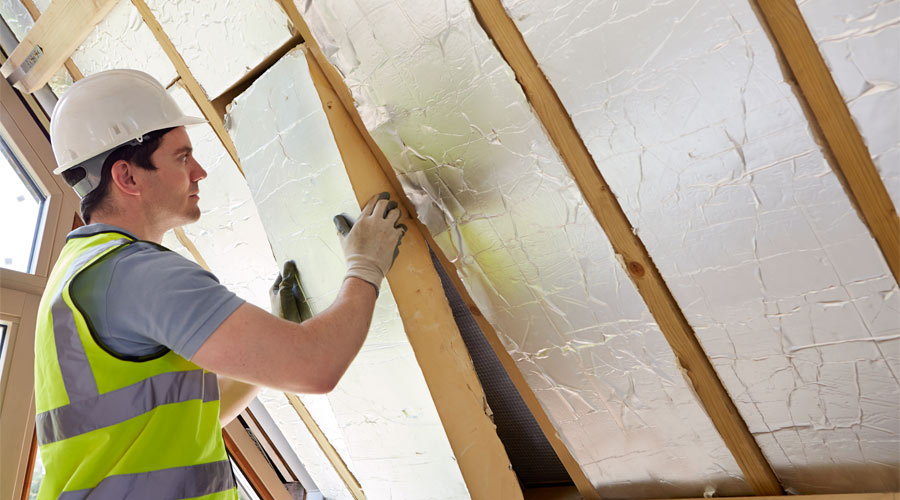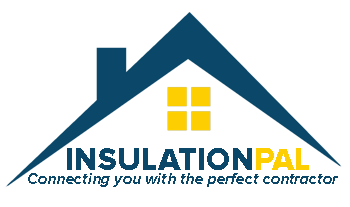What is Rigid Foam Board Insulation?
Learn about rigid foam board insulation for continuous insulation applications, moisture resistance, and high-performance building envelope solutions.

What is Rigid Foam Board Insulation?
Rigid foam board insulation consists of stiff panels made from various foam materials including polystyrene, polyisocyanurate, and polyurethane. These boards provide continuous insulation, excellent moisture resistance, and high R-values in relatively thin profiles.
Types of Rigid Foam Boards
Expanded Polystyrene (EPS)
- R-3.6 to R-4.0 per inch
- Lowest cost option
- Good moisture resistance
Extruded Polystyrene (XPS)
- R-5.0 per inch
- Excellent moisture resistance
- Higher compressive strength
Polyisocyanurate (Polyiso)
- R-6.0 to R-6.5 per inch
- Highest R-value per inch
- Often faced with foil or fiber
Key Benefits
- Continuous Insulation: Eliminates thermal bridging through framing
- Moisture Resistance: Won't absorb water or lose R-value when wet
- Dimensional Stability: Maintains shape and performance over time
- Versatile Application: Suitable for walls, roofs, and foundations
Installation Methods
Rigid foam boards can be installed using various methods:
- Mechanical Fastening: Screws with large washers or specialized fasteners
- Adhesive Application: Construction adhesive for certain applications
- Foam Adhesive: Spray foam to seal joints and attach boards
- Furring Strips: Attached through foam to structural elements
Best Applications
Exterior Applications
- • Continuous exterior insulation
- • Foundation walls
- • Roof insulation
- • Below-grade applications
Interior Applications
- • Basement walls
- • Cathedral ceilings
- • Radiant floor systems
- • HVAC ductwork
Performance Comparison
EPS
R-4.0
per inch
Most economical
XPS
R-5.0
per inch
Best moisture resistance
Polyiso
R-6.5
per inch
Highest R-value
Installation Considerations
Proper installation requires attention to air sealing, vapor management, and local building codes. Some foam boards may require thermal barriers when used in interior applications. Professional installation ensures optimal performance and code compliance.
Quick Facts
- Material:Foam Plastic
- R-Value:R-4.0-6.5/inch
- Installation:Professional
- Moisture:Resistant
- Thermal Bridge:Eliminates
Professional Installation
Get rigid foam board insulation professionally installed for optimal continuous insulation performance.
